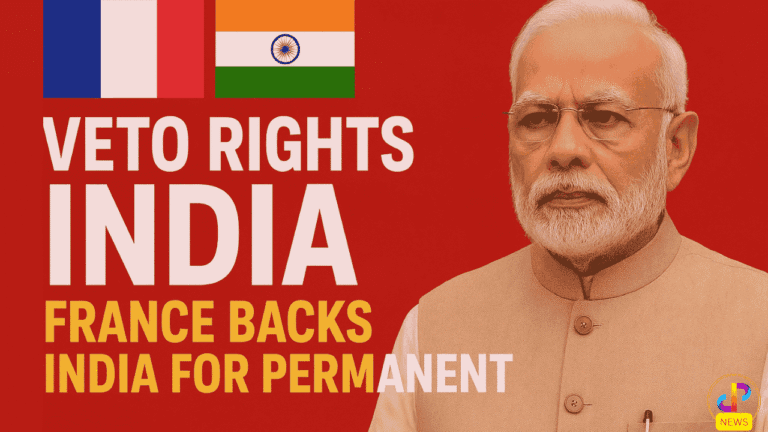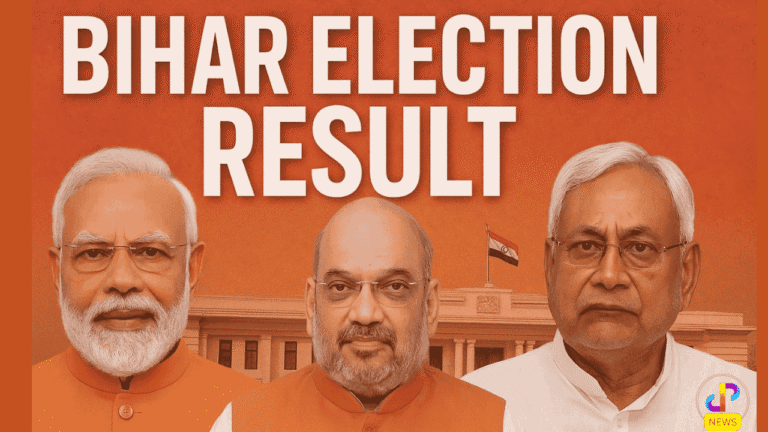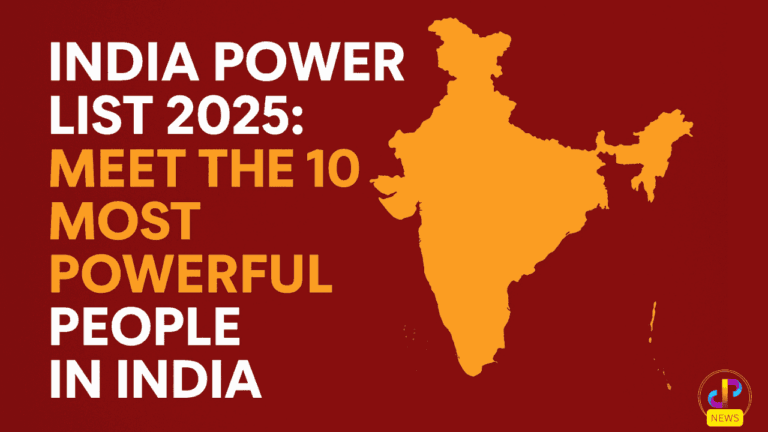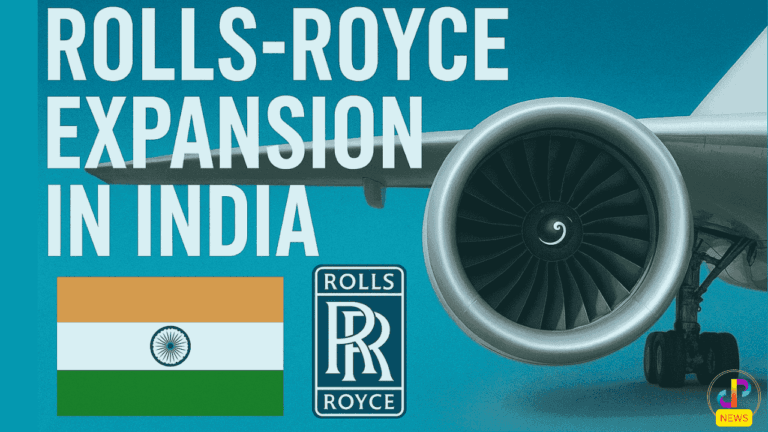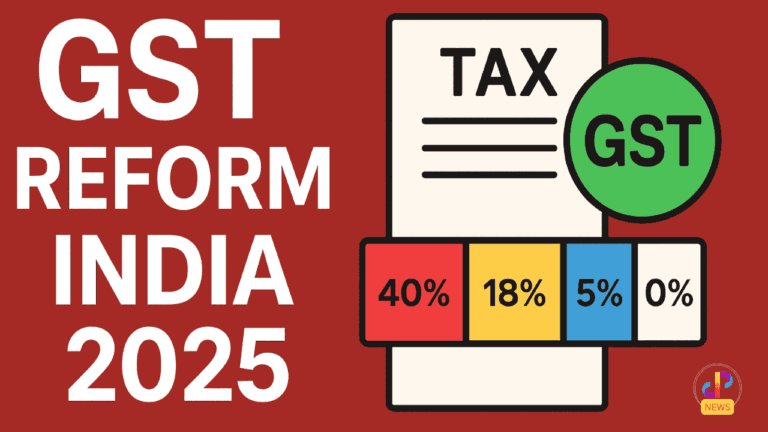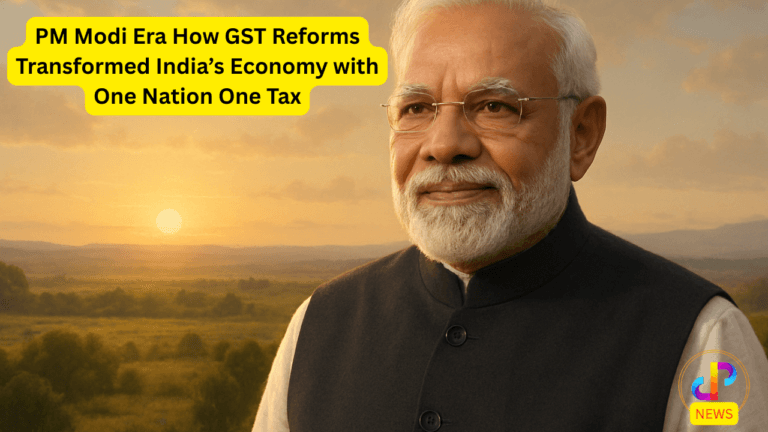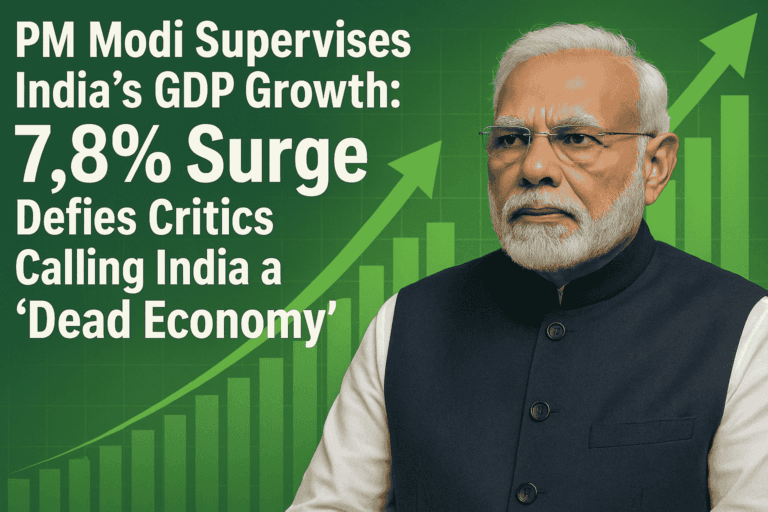GST Reform India 2025: New Tax Slabs, Rates & Full List Explained
GST Reform India 2025: New Slabs Reshape Taxation
Kolkata, Sept 21 (Digital Preeyam News – Breaking India News):
The Indian government has rolled out the Next-Gen GST Reform India 2025, introducing a simplified Goods and Services Tax (GST) structure to streamline compliance, reduce disputes, and balance consumer needs with revenue generation.
Under the new structure, India has moved from multiple GST slabs to a rationalized four-tier system – 0%, 5%, 18%, and 40%. The reform eliminates the earlier 12% and 28% slabs, merging them into broader, clearer categories.
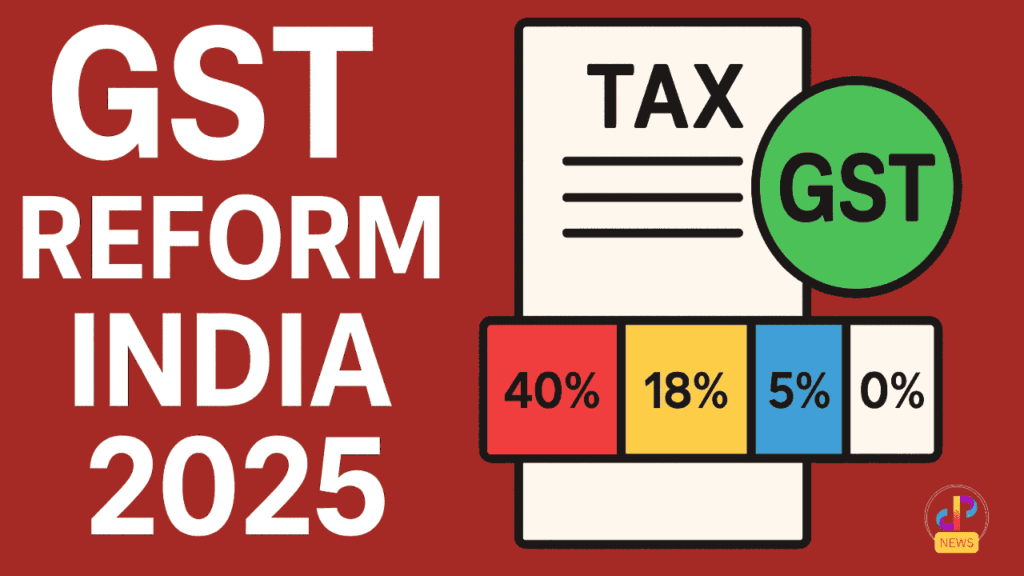
Key Highlights of GST Reform India 2025:
🔴 40% Slab – Luxury & Sin Goods:
Pan Masala
Tobacco & Cigarettes
Aerated/Caffeinated Beverages (with added sugar/juice)
High-end Luxury Cars, SUVs, Sports Cars
Yachts & Private Jets
🟡 18% Slab – Standard Rate (Most Goods & Services):
Packaged Foods, Ice Cream, Chocolates
Toiletries (Soap, Shampoo, Toothpaste, Hair Oil)
Mineral Water
Household Appliances (ACs, Refrigerators, Washing Machines, Dishwashers, TVs)
Furniture & Consumer Durables
Automobiles (general categories, except those taxed at 40%)
Services (including telecom, insurance, banking, IT, hospitality etc.)
🔵 5% Slab – Essentials & Daily-Use Items:
Packaged Food Grains, Pulses, Rice, Wheat, Flour
Milk, Paneer, Curd, Buttermilk
Bread (except branded) & Roti
Edible Oils, Spices, Tea, Coffee (unbranded/standard)
Transport Services (rail, metro, buses, cab services)
Life-Saving Drugs & Medicines
⚪ 0% Slab – Exempted / Nil GST:
Fresh Fruits & Vegetables
Unpackaged Food Grains, Milk, Salt
Books, Newspapers, Educational Materials
Maps, Pencils, Notebooks, Crayons
Healthcare & Education Services (core categories)
Why GST Reform India 2025 Matters:
This historic GST reform aims to simplify indirect taxation while addressing consumer concerns and ensuring economic balance.
Consumer Relief: Daily essentials like milk, roti, vegetables, and notebooks now fall under 0% or 5% GST, reducing household expenditure.
Luxury Taxation: Items such as sports cars, yachts, tobacco, and pan masala attract a 40% GST, ensuring wealthier sections contribute more.
Business Simplification: Merging slabs will reduce classification disputes and make GST compliance easier for small businesses and startups.
Social Welfare: Education and healthcare remain protected under zero or low GST, supporting long-term development goals.
Expert Reactions to GST Reform India 2025:
Economists, tax experts, and industry bodies have welcomed the reform:
Consumer groups praised the relief on essentials and education supplies.
Industry leaders highlighted that a two-core slab system (5% and 18%) will reduce tax litigation and improve clarity.
SMEs and startups expect faster filing and fewer disputes due to simplified categories.
Final Thoughts on GST Reform India:
The GST Reform India 2025 is a landmark in India’s economic journey, creating a balance between affordability for the masses and higher contributions from luxury consumption.
By merging slabs, rationalizing rates, and safeguarding essentials, the reform strengthens India’s indirect tax system and supports the vision of inclusive growth with simplified compliance.
As businesses and consumers adapt, GST 2.0 will continue to shape India’s trade, consumption, and financial future.
📢 Stay Connected with Digital Preeyam News – Your Guide to Top India & Economic Reforms
💡 More than just headlines — Digital Preeyam News delivers:
✅ Real-time updates on GST, taxation, and government reforms
✅ Expert insights into how policies impact businesses, consumers, and India’s economy
✅ Simplified breakdowns of complex laws to help you stay financially informed
📩 Subscribe now to stay ahead on how GST reforms, trade policies, and financial updates shape your daily life and future.
Writer:
Preeyam Kumar Prasad
(Digital Preeyam)
Social Media Profile:
❓ Frequently Asked Questions (FAQs):
1. What is the GST Reform India 2025 all about?
Answer: The GST Reform India 2025 is a major restructuring of India’s indirect tax system, reducing multiple slabs to a simplified structure of 0%, 5%, 18%, and 40% for better compliance and consumer relief.
2. What happened to the 12% and 28% GST slabs?
Answer: The 12% and 28% slabs have been eliminated. Items earlier taxed at 12% have been shifted to 5% or 18%, while most 28% items have moved to 18%, with luxury and sin goods shifted to the new 40% slab.
3. Which goods are included in the 40% GST slab?
Answer: The 40% slab applies to luxury and sin goods such as pan masala, tobacco, aerated/caffeinated beverages with sugar, high-end luxury cars, SUVs, private jets, and yachts.
4. What items are taxed at 18% under the new GST structure?
Answer: The 18% slab covers standard goods and services, including packaged foods, toiletries, mineral water, household appliances, automobiles, and most service sectors like telecom, banking, and hospitality.
5. Which daily essentials are taxed at 5%?
Answer: Essentials such as packaged grains, pulses, milk, curd, paneer, bread, edible oils, spices, tea, coffee, transport services, and life-saving medicines are taxed at 5%.
6. What falls under the 0% GST category?
Answer: Items exempt from GST include fresh fruits, vegetables, unbranded grains, milk, salt, educational books, newspapers, notebooks, pencils, and core healthcare and education services.
7. How will GST Reform India 2025 benefit consumers and businesses?
Answer: Consumers benefit through reduced costs on essentials, while businesses gain from simplified tax filing, fewer disputes, and clearer classification of goods and services.


